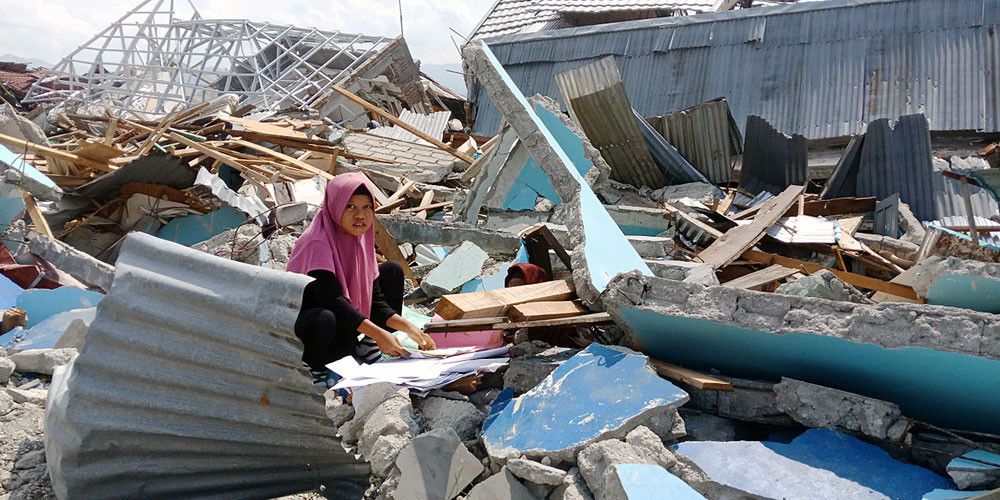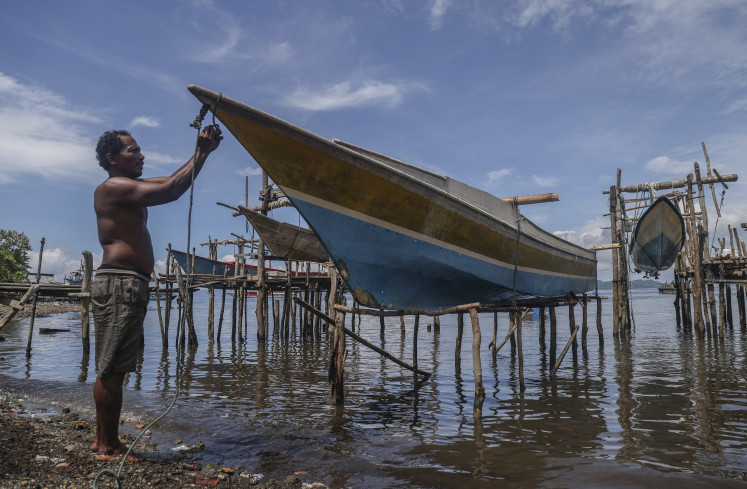Popular Reads
Top Results
Can't find what you're looking for?
View all search resultsPopular Reads
Top Results
Can't find what you're looking for?
View all search resultsAlternative schemes for disaster risk financing
Tsunamis, floods, earthquakes and forest fires are some of the most common calamities to have struck Indonesia in the last decade, with the potential to cause wider poverty and economic slowdown.
Change text size
Gift Premium Articles
to Anyone
I
ndonesia could be one of the world’s five biggest economies by 2045, some experts predict. Yet one obvious constraint is that the country’s geography means it has a high risk of natural disasters. Tsunamis, floods, earthquakes and forest fires are some of the most common calamities to have struck Indonesia in the last decade, with the potential to cause wider poverty and economic slowdown.
According to the National Disaster Management Agency (BNPB), the losses from the Aceh earthquake and tsunami in December 2004 might seem relatively small compared to the nation’s gross domestic product (GDP) of around 0.3 percent, but it accounted for a significant 30-45 percent of the provincial GDP. Total state losses from natural disasters in 2004-2014 increased a massive Rp 240 trillion (US$17.54 billion).
The BNPB reported that the central government allocates Rp 4 trillion every year as a contingency fund for disaster recovery. Each province also allocates a budget of Rp 1-15 billion every year to disaster recovery.
Depending on the frequency and severity of the disaster, this amount can sometimes exceed need, but other times it may fall far short of the amount needed for recovery, let alone reconstruction.
The 2018 disaster budget was far than sufficient, given the massive disasters of the earthquake and tsunami in Palu, Central Sulawesi, and the earthquake in Lombok, West Nusa Tenggara.
Former director Irfa Ampri of the Center for Regional and Bilateral Policy, which falls under the Finance Ministry’s Fiscal Policy Agency, said last year that Indonesia needed a variety of financial instruments and funding channels apart from the state budget for disaster recovery to mitigate fiscal risks.
The government thus established in 2018 a disaster risk finance and insurance strategy. The strategy has two key points: transferring and retaining risk.


















